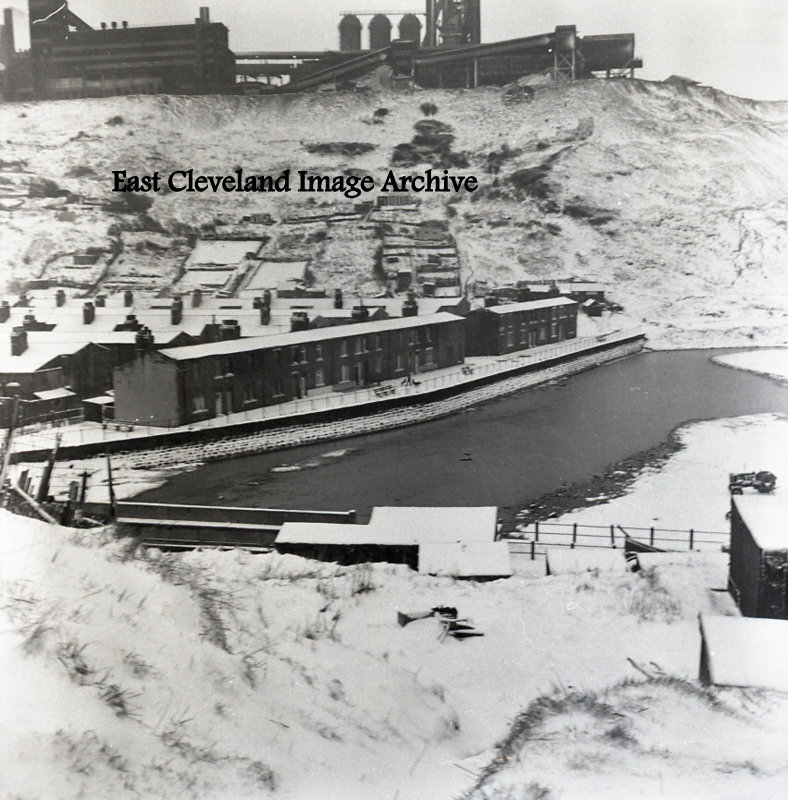
Skinningrove, with Marine Terrace basking in the snow!
Image courtesy of Ken Loughran.
|
|
||
 Skinningrove, with Marine Terrace basking in the snow! Image courtesy of Ken Loughran. 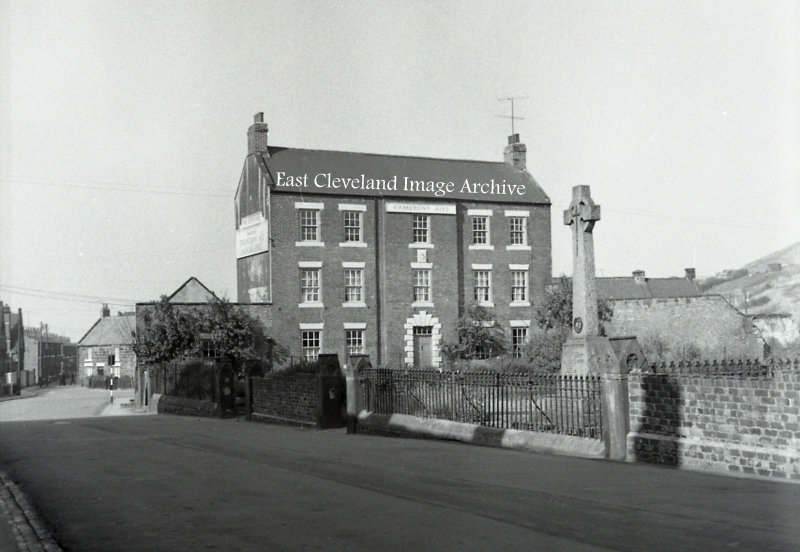 Timms Coffee House, Skinningrove. A grade 2 listed building, built as Skinningrove Hall in 1704 to replace the Old Hall of the 1500s (now the Post Office) for the Easterby family. The Maynard family developed it as a hotel in the 1800s and named it Timms Coffee House after the coffee houses then popular in London. Karen Houdek tells us: ”The family owners leased the building to Martha Allinson, who transferred her ale license for the Buck Inn to the Skinningrove Hall building in 1875. She and her husband George were proprietors of Timm’s Coffee House and Public House, in a different building in the 1861 census. By the 1871 census their business was called the Buck’s Hotel. Martha ran the business solely when George died in 1872. In September of 1875 her application to Magistrates to transfer her license from the Buck Inn to Skinningrove Old Hall was granted. The business was turned over to Martha and George’s son John sometime b/t the 1881 census and 1890, as listed in the 1890 Kelly’s Directory. Per the 1891 census Martha has moved to Linthorpe, Middlesbrough, North Yorkshire with her son William, and eventually dies in Middlesbrough in 1908. (An interesting little tidbit about the ties of the two families is found in the 1871 census, in which Martha and George’s daughter Margaret was employed as a servant for the Maynard family.) John dies in April of 1890, and his wife Sarah runs the establishment until her death in August of 1901. The 1911 census shows George Hall as the proprietor. The Halls are loosely connected to the Allinsons through marriage, with David Hall (George’s uncle), b. 1852 being married to John Allinson’s sister Ann Elizabeth, b. 1851.” Joanne Nelson advises: “Jack Shepherdson was my mothers Carolyn Susan Shepherdson and my Uncle, John William Shepherdsons’ father. He later married Jill Wheatleys Gran when my Grandma Winnifred and Jack divorced following the war. Jack was in the Green Howards and fought a long and hard war part of which was liberating Bergen Belsen in Germany. Prior to this he was a professional cricketer who was encouraged by Lord Cayleigh, Brompton to go over the hills to play professionally at Normanby Hall. He took lodgings with my Great, Great Gran and fell in love with Winnifred Morgan Grange, my Grandma. I visited Timms coffee house as a child.” Jill Wheatley tells us ” My gran and grandad – John (Jack) Shepherd – used to own Timms fro 1959 to 1975. I have many great memories of staying at Timm’s from a baby till I was in my teens. Gran and Jack then moved into the village and we would keep in close contact with them. Visiting them very often. Timm’s Coffee House still exists in bricks and mortar but the name has been changed.” Image courtesy of Ken Loughran from a photograph taken in June 1964, many thanks to Karen Houdek, Jill Wheatley and Joanne Nelson for the updates. 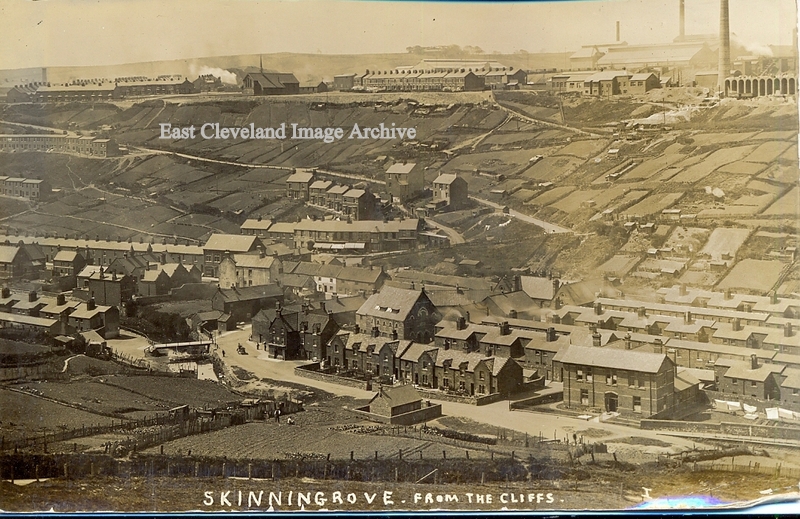 A pre Great War postcard view of Skinningrove Valley. The Miner’s Hospital is prominent at the bottom right. Postcard courtesy Alan Richardson. 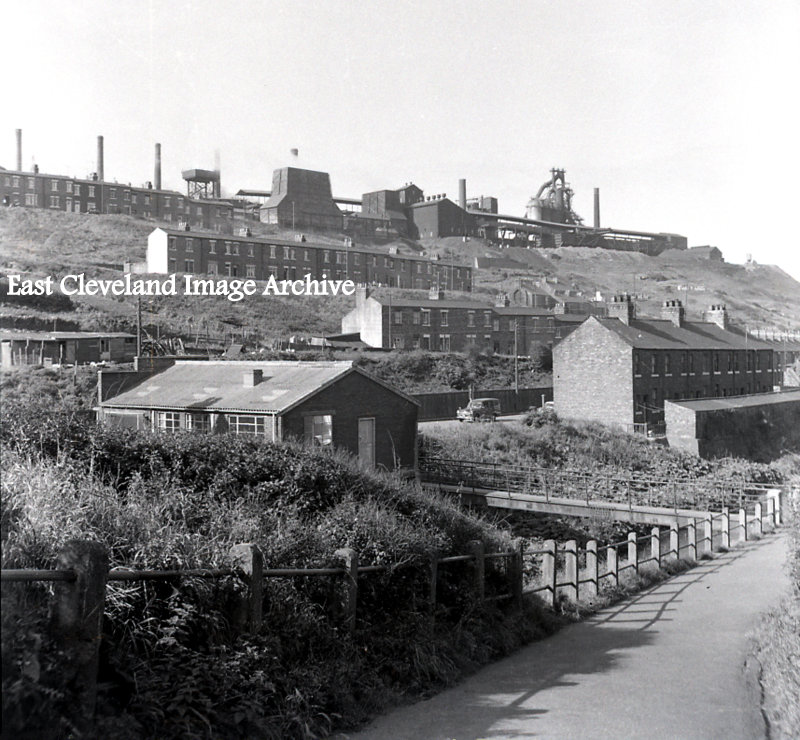 Taken from the path down to the ”Grove”, the bridge over the beck leads to the Gas showroom. Number 5 furnace dominates the skyline in this photo of around 1960. Steven Partlett comments: “No sign of the Sinter plant in front of No5 Blast furnace. I think that the Sinter plant was in use by 1962, but not certain.” Whilst Ann Robinson enquires: “I wondered if you were any relation to Sylvia nee Partlett . She was an old school friend?” Image courtesy of Ken Loughran, thanks to Steven Partlett and Ann Robinson for the comments. 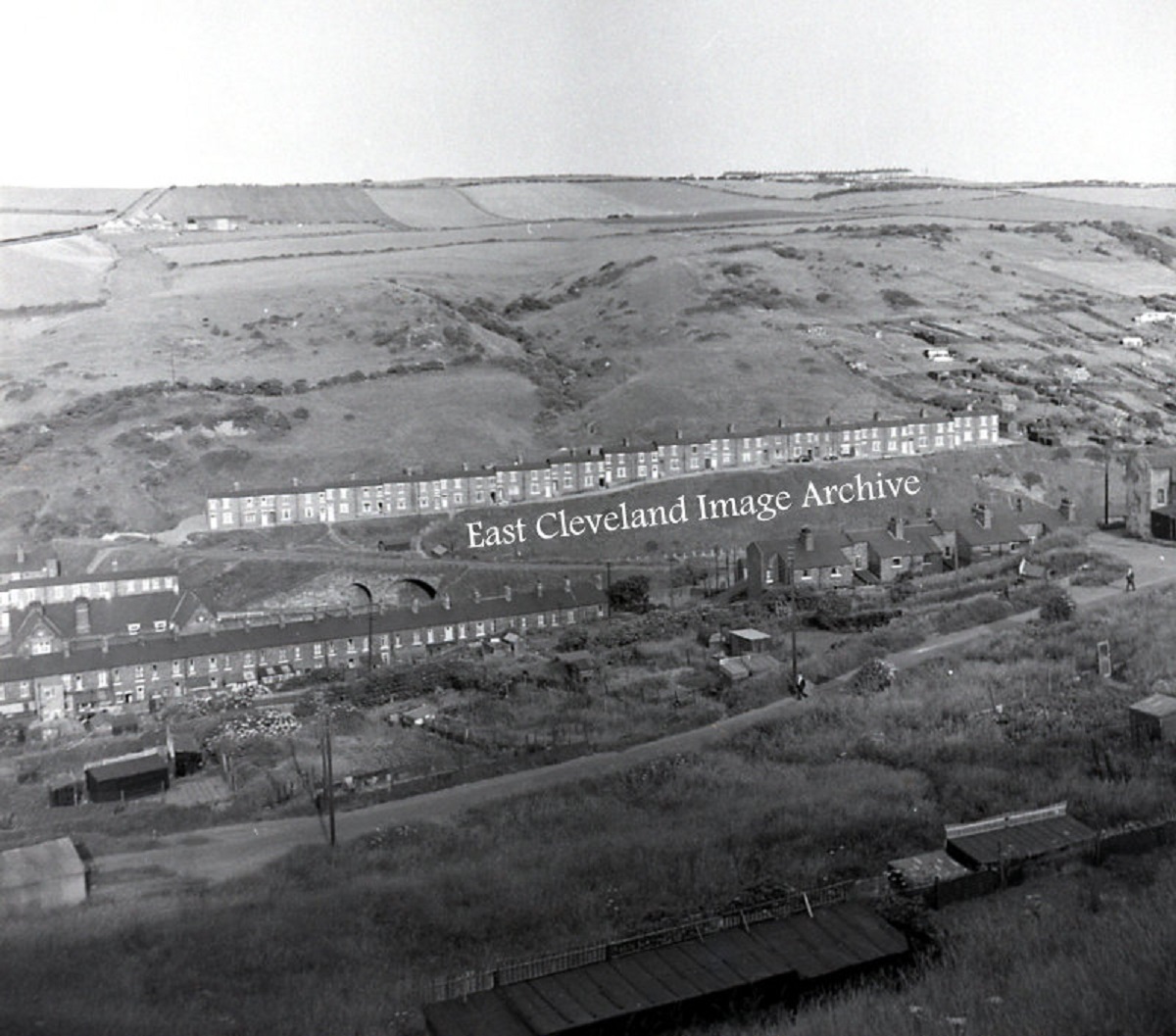 Skinningrove in 1960’s; the railway bridge over the beck still stands but the track rails have been removed prior to demolition. The Archive asked “Can any one help with the date of their removal”. Thomas Sayers has told the Archive: ”I have a photocopy of the whole of the bottom of the zig zag showing full details of all 13 sidings in yards, length and standage and in the bottom left is handwritten; “All sidings & RL removed 195? I have cut off the final figure on the photocopier at the NTM in York. I would estimate the final figure to be either 8 or 9”. Colin Hart advises: “The two arches one over the road, the other over the beck were removed around 1970, after this the new houses on Angling Green were built. My Grandparents lived at the bottom house on Grove Hill and we spent many hours playing in the old coal bunkers”. Image courtesy of Ken Loughran; also thanks to Thomas Sayers and Colin Hart for the updates. 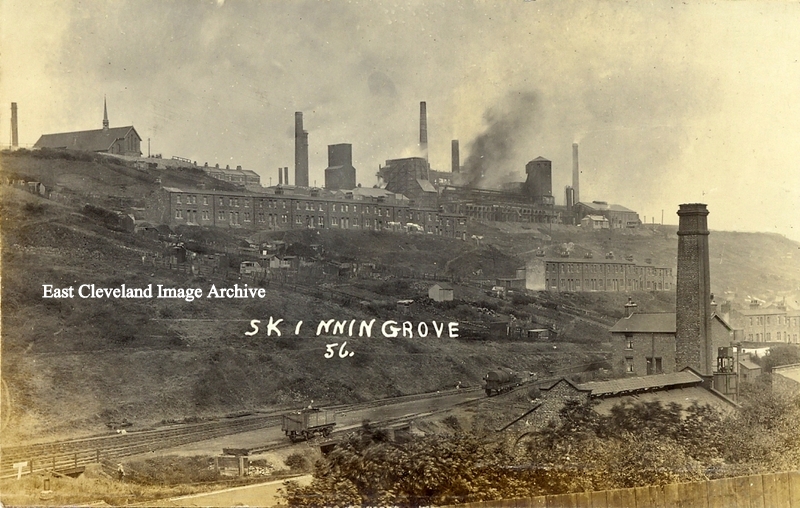 Skinningrove valley and ironworks about 1920. The houses surrounded by industrial pollution from the works, a column of escaping gas can be seen rising from the coke ovens as a retort is emptied. Below in the valley the gas works with a rail tanker on the siding collecting tar produced at the plant. All in contrast with the well kept and tended allotments on the valley sides; at the top left St Helen’s Church completing the scene. Image courtesy of Alan Richardson. 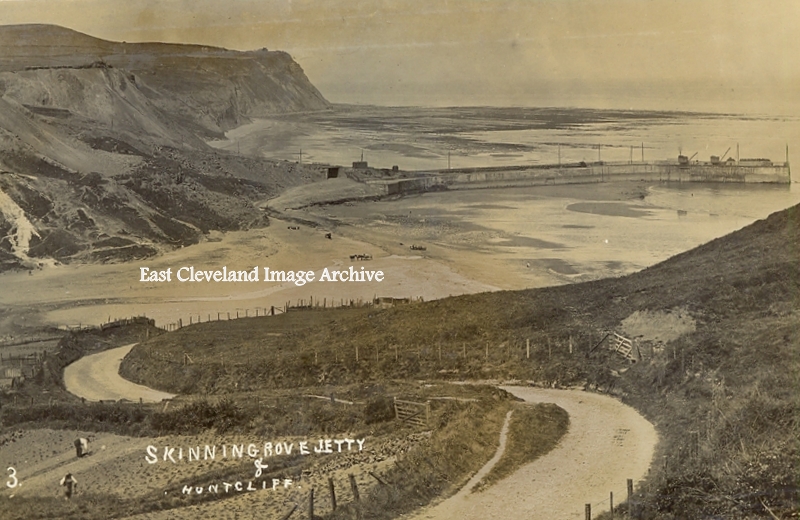 This image from a Richardson postcard was taken at low tide from the steep ’Bothroyd’s Bank’ which leads down to Skinningrove beach. The jetty is exposed to its full length, which ships for loading pig iron would stand off, waiting for high tide. On the beach can be seen some horses – purpose unknown – and two people tend plants in the field on the left. Image courtesy of Alan Richardson. 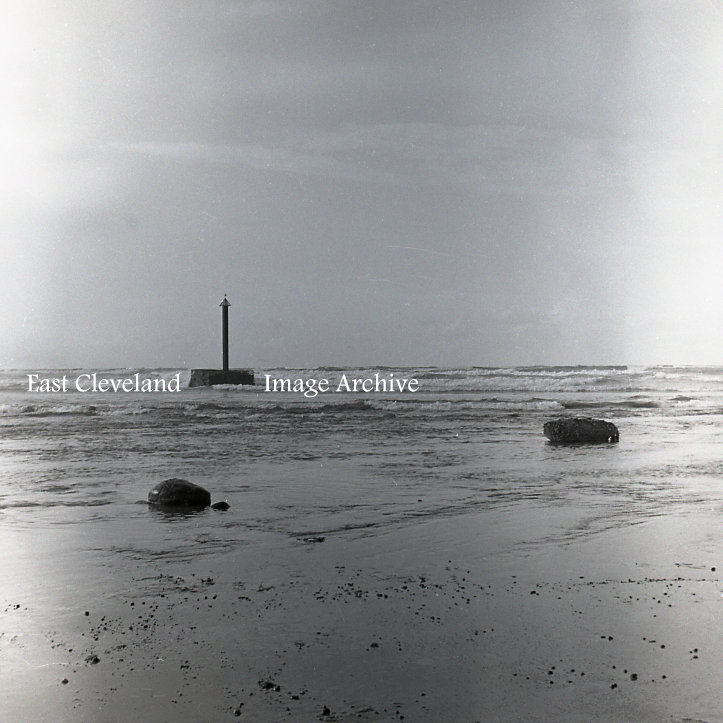 Even 60 years ago it looked the same. I can remember first seeing this strange point in the sea and wondering what it was for? A. N. Andrew comments: “It did look like that 60 years ago the pipe leading to the outlet was three to four feet above the level of the sand. Image courtesy of Ken Loughran, thanks to A. N. Andrew for the update. 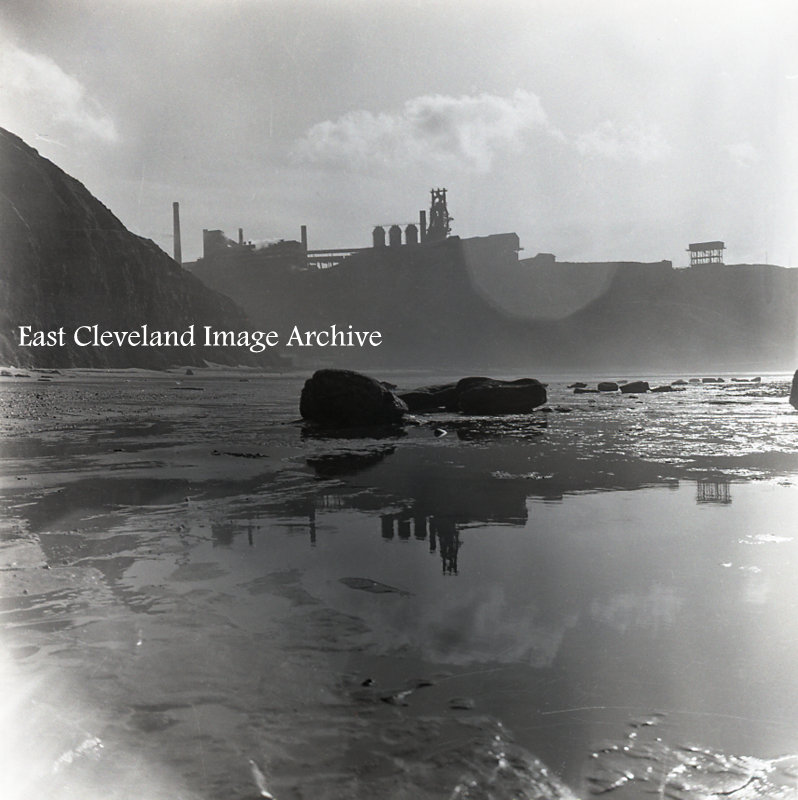 Taken from the Hummersea side of Skinningrove Beach, the works with No. 5 furnace reflected in the pool from the afternoon sun. Image courtesy of Ken Loughran. 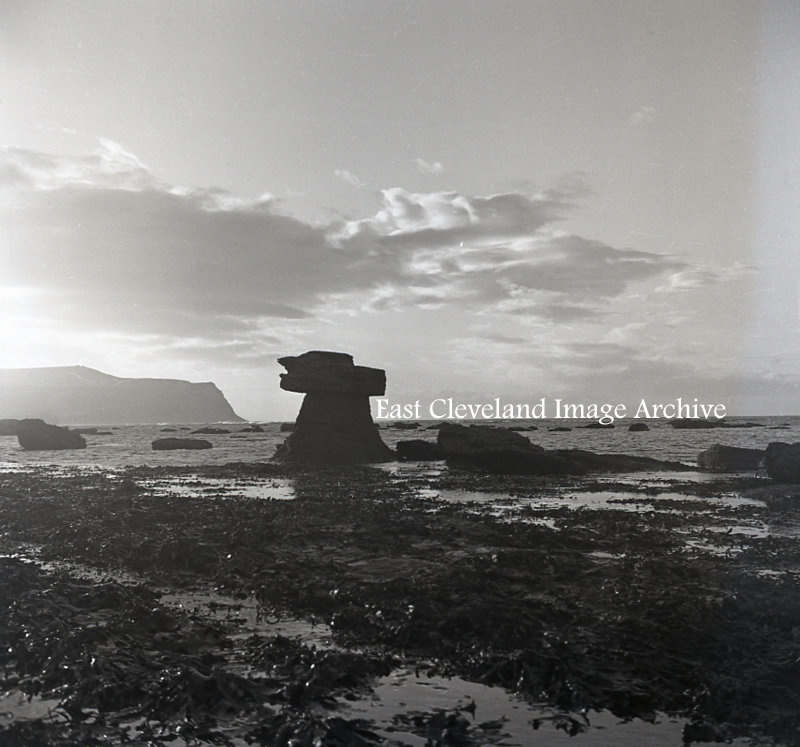 A late evening view from the rocks looking towards Huntcliffe. The wave carved sculpture standing out, the plentiful seaweed on the rocks; once gathered and used at the Alum Works. Image courtesy of Ken Loughran. |
||
Recent Comments